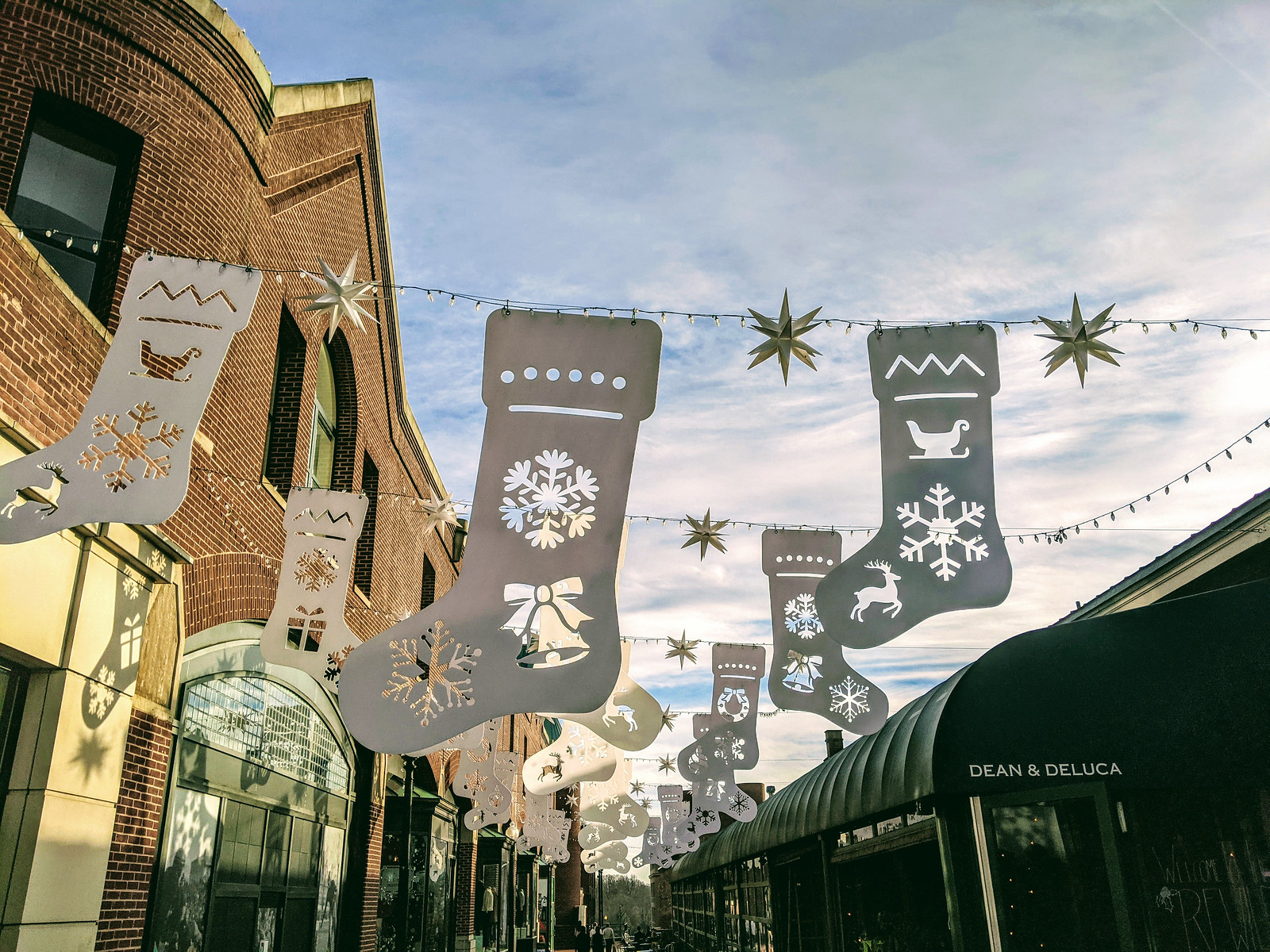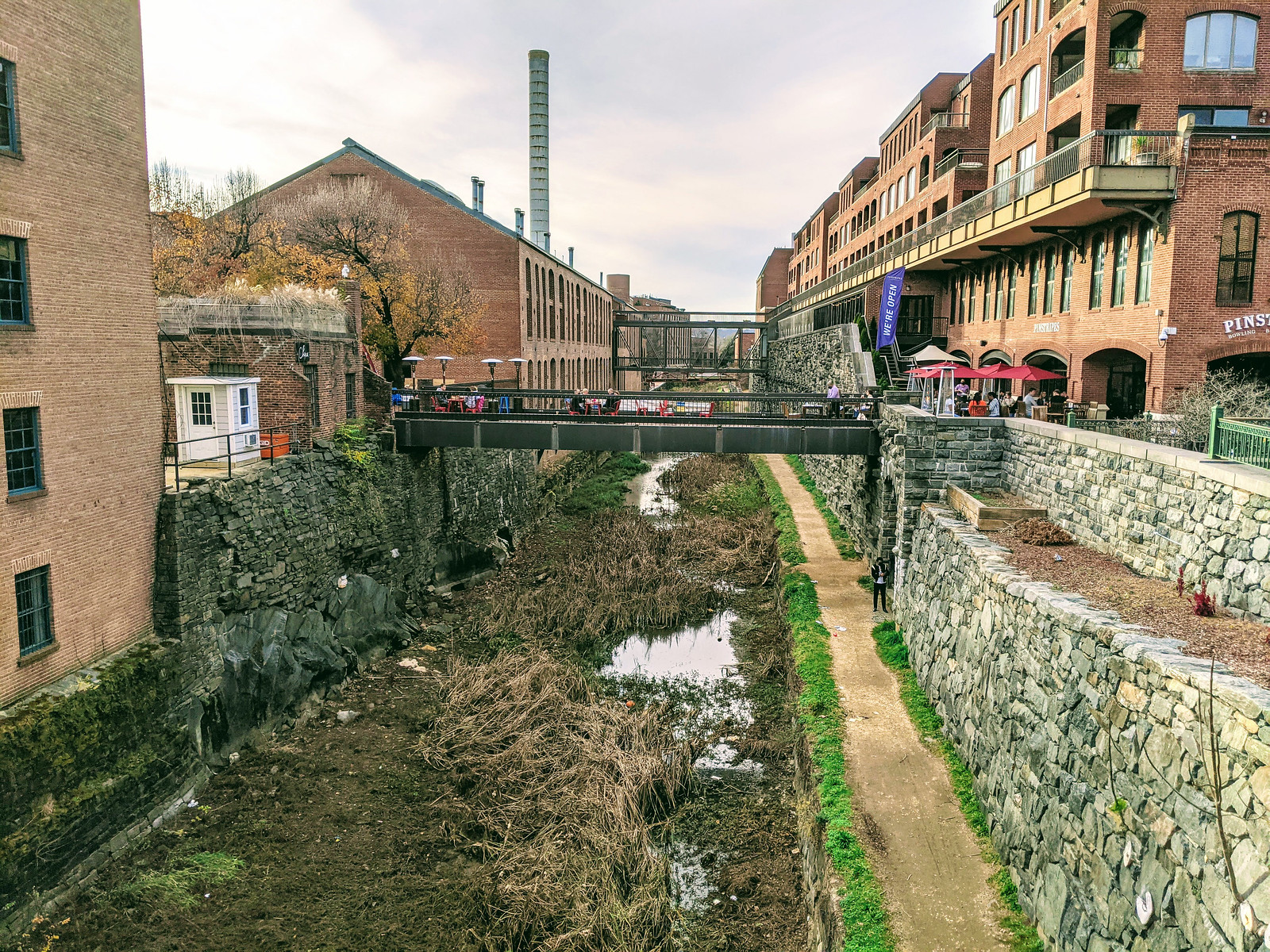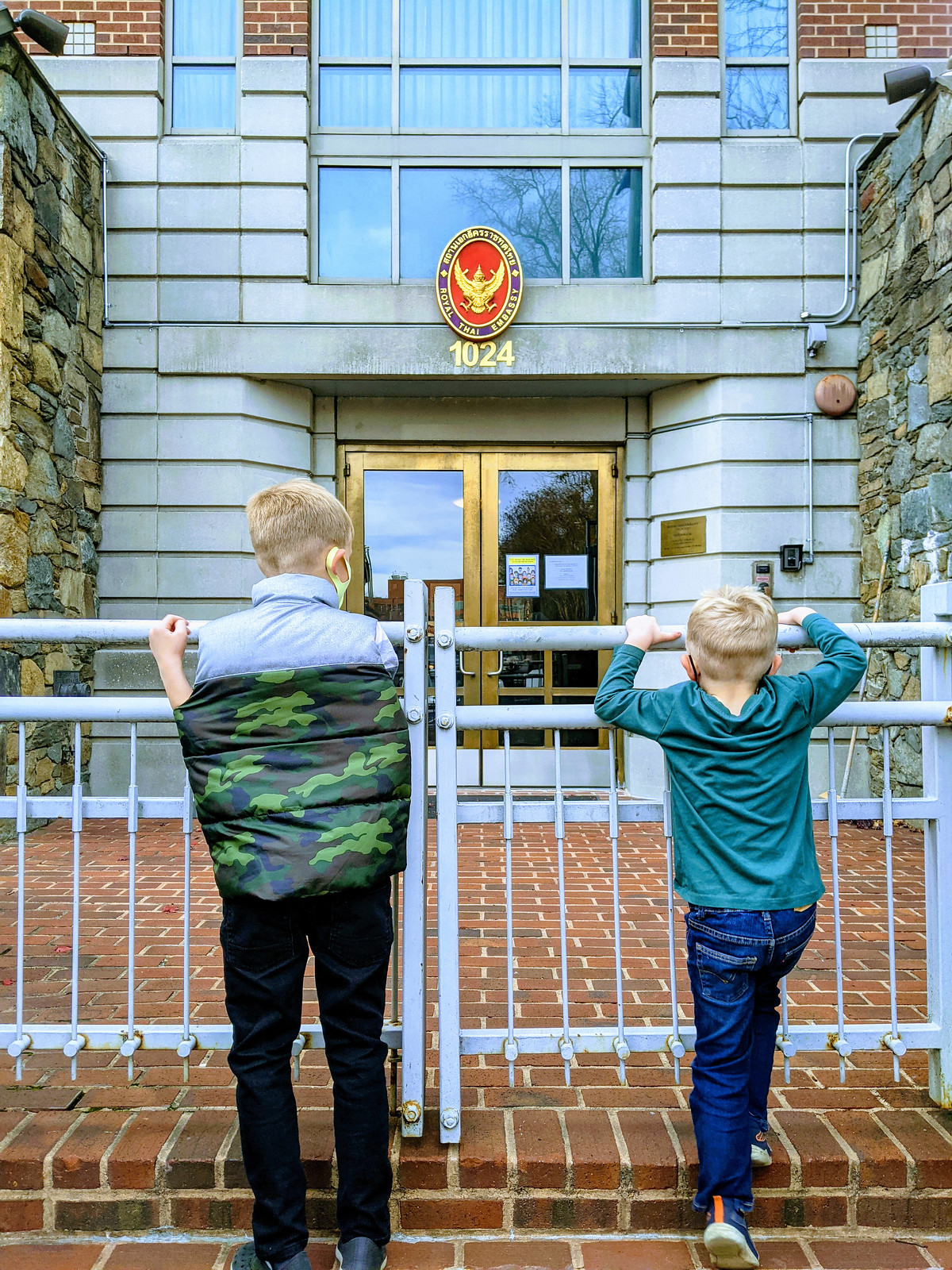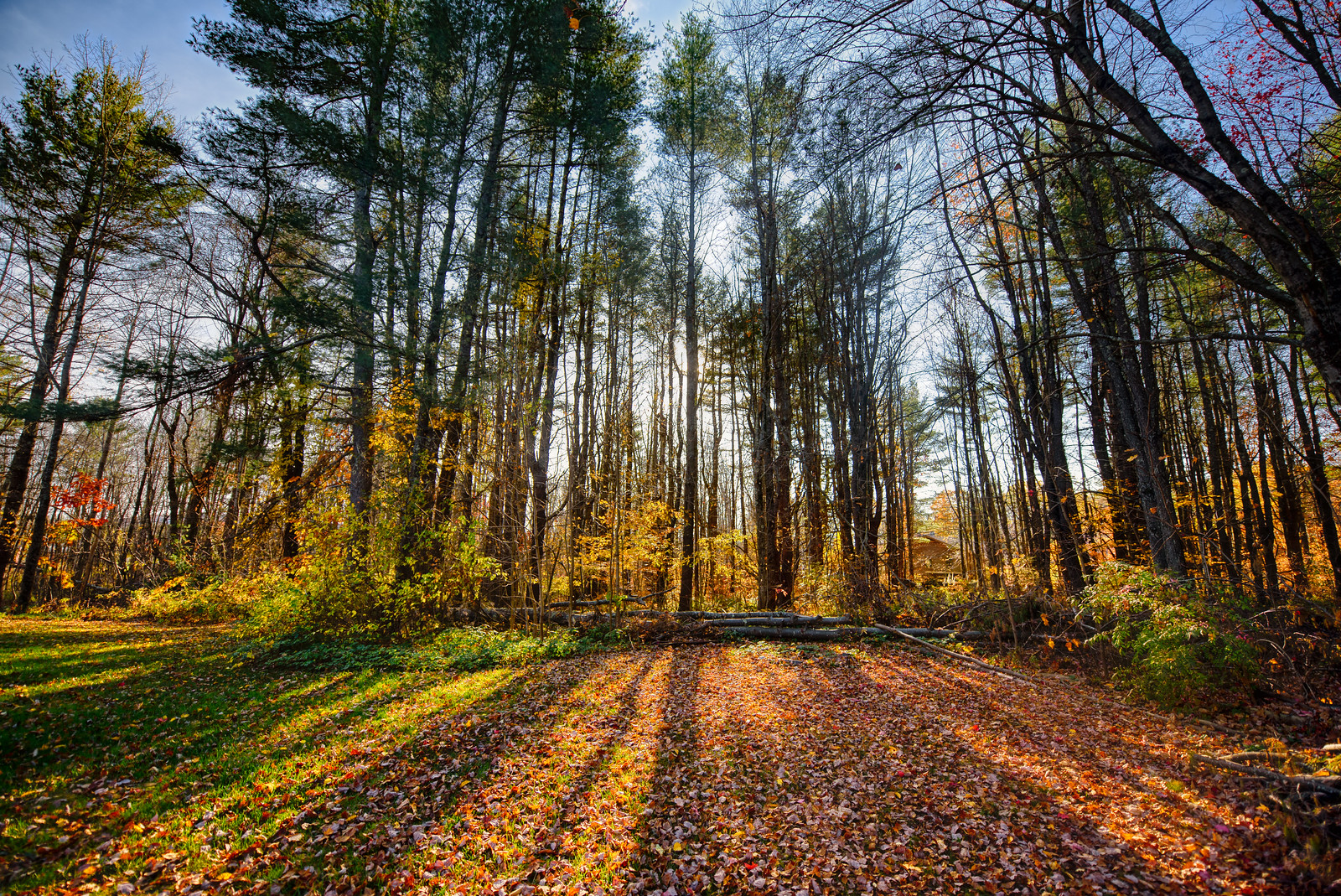Today I’m driving across Sri Lanka from Batticaloa on the East Coast to my home in Colombo on the country’s west side. Everywhere, the landscape is marked with echoes of the past.
Some of these echoes are visible. They include checkpoints on the road left over from the country’s civil war, which ended 15 years ago. The checkpoints have been converted from military to police control. Two drivers have told me that the main purpose of the checkpoints now is to check for drugs. When asked whether they find drugs, both drivers shrugged and conceded that they don’t find much. Their lack of enthusiasm seemed to be matched by the camouflage-wearing young men stationed at the checkpoints, who sit slumped over the sides of the temporary-looking guard shacks. The guard shacks look like they were thrown together one day using spray-painted corrugated metal and scrap lumber and haven’t been attended to since. When possible, the guard shacks sit beneath trees to lessen the hotbox effect of the merciless sun. The young men wear berets and stare down at cell phones, oblivious to the hundreds of potentially drug-loaded vehicles streaming by on the road.

Other echoes of the past are less visible. My driver, Asela, who seems to be attempting the Sri Lankan equivalent of a cannonball run across the country, points out the borders of old conflict zones, some of which coincide with the checkpoints. He indicates the location of old army positions and tells me that the army would head back to camp every night at 6 pm, then come back at 6 am to resume their armed struggle against the Tamil Tigers. It’s hard for me to imagine armed conflict happening on such sleepy ground, but I don’t have the same mental maps that Asela carries.
Even further back in the less-visible landscape is the legacy of the ancient kings of Sri Lanka. As we drive through a village named after one of the kings, Asela comments on the incredible forward-thinking infrastructure projects, namely the dams and water storage basins constructed centuries ago by the kings of old. He draws a comparison to the politicians of today, whom he says don’t do anything for the country. Sri Lanka’s official national sport is Volleyball. The actual national sport is Cricket. Next in line is Complaining About Politicians. Even Sri Lanka’s politicians complain about politicians, but they usually mean The Other Guys.

Farther down the road we stop next to one of the man-made lakes and watch an elephant. The elephants link the landscape of the past to the present version. Tourists and locals alike are stopped to observe this giant creature, whose glistening wet skin looks much better than that of the foliage-eating elephants who are chained to trees in Victoria Park in Colombo. He raises his trunk to his mouth, munching on lakeside grass in the same unhurried manner as his forebears have for centuries.

We pass through hamlets and medium-sized towns. You can tell which is which because the medium-sized towns have two-story buildings. Almost all of the businesses are closed. Half are closed because of hard economic times, the other half because today’s a Poya day. Poya days are Buddhist religious holidays set to coincide with the full moon. In days long past, this was to allow safe passage to and from the temple by moonlight. Now it persists as a matter of tradition. The fact that businesses are closed due indirectly to lunar cycles is another feature of the invisible landscape, a mark that history leaves on the present.

The landscape undulates gently up and down, alternative between palm tree-dominated rainforest and the marshy rectangles of open rice fields. In one open field, a man wearing a skirt-like sarong draws water from a concrete half-moon-shaped cistern and shows a naked toddler how to bathe. Roadside vendors sit beneath palm-roofed huts and fading umbrellas, selling fruit and water buffalo curd. In tourist areas there are clusters of Land Rovers, specially outfitted with 6-passenger raised platforms on the back, waiting to take tourists on elephant-spotting safaris. Maybe they don’t know about the roadside elephant sightings that are possible.

Following the universal code of road trips, we stop at a Cargills grocery store in Dambulla for snacks. I get two flavors of cheese puffs (For Science), an Elephant House Ginger Beer (because it’s a local favorite), and a bottle of Kinley soda water (because it’s bottled by an American company, and my tour of the bottling plant gives me a high degree of confidence in the product’s safety).
Periodically, we pass by small clusters of two or three policemen. They stand in their proud, squared-away olive green uniforms, sometimes next to motorcycles, and keep an eye on traffic while they chat with each other. Sometimes you can see them talking with a pulled-over motorbike driver, no doubt engaged in some variously-official negotiation over traffic fines.
In the medium-sized towns, loudly-colored signs point to a bafflingly large number of hair salons that seem to specialize in bridal hairdos. The sheer number of these would hint that most urban Sri Lankan get married at least once a week. Also high-frequency are Coca-Cola signs and cheaply-printed banner for spas that must be keeping the “back rub stock photo” category alive.



Some of history’s invisible landscape creeps into the present. One of the medium-sized towns has a concrete wall covered with military-themed murals. To some who pass by, this is a proud legacy of a not-so-distant martial past that ended in national unity. To others, the guns on the mural represent subjugation, the death of relatives, or the unsatisfying end of a bitter conflict.
The past’s echoes dull as we enter the highway. The anodyne ribbon of Chinese-built concrete speeds us past the land. Safety rails separate us from the trees and fields, which now blur into an impressionist painting mainly done in hues of green. The highway’s small shoulder and steep side-slopes prevent any vendors from setting up to service passersby. The country is prettier from up here, but that comes as a tradeoff with the intimacy one feels driving through the towns and lives of Sri Lankans. Sri Lanka doesn’t have many highways. All drivers, even lead-footed Asela, drive pretty slowly on highways, compared to the breakneck pace preferred on smaller, more dangerous roads.
As we near Colombo we wind gradually back into the tangle of surface streets that sprawls far out into the city’s outskirts. It’ll all look the same for the last 45 minutes of the drive until we near my neighborhood. This landscape is urban and feels neither ancient nor modern. The only hints of the past that echo here are the huge banyan trees that occupy large traffic circles in Colombo. These ancient giants root into both the ground and the past, a longstanding reminder that humans share this space with other living things.
















































